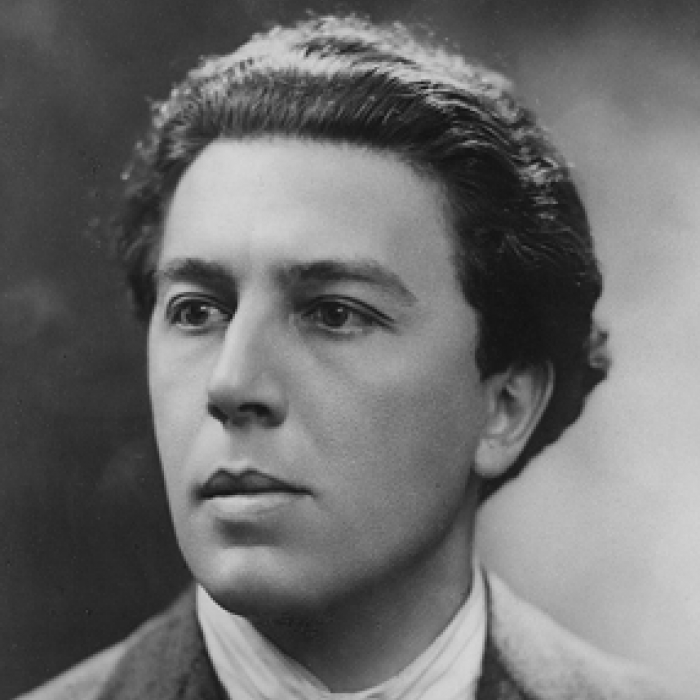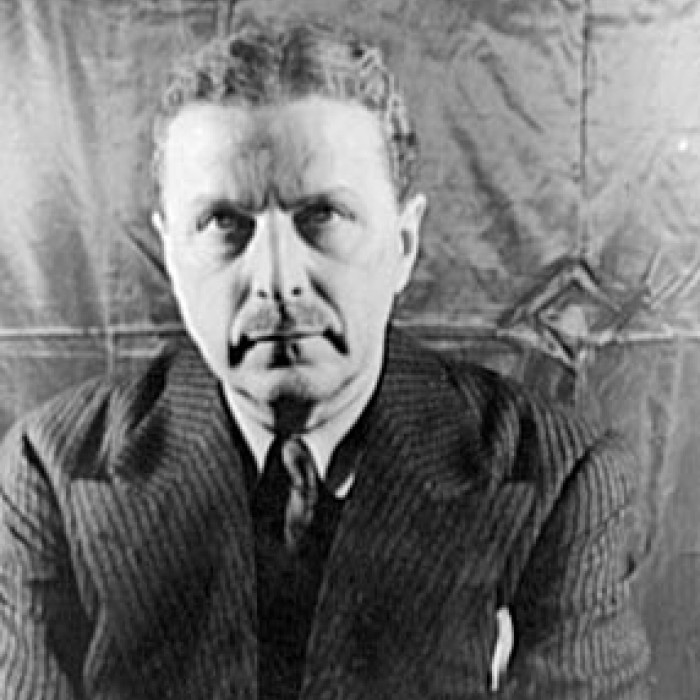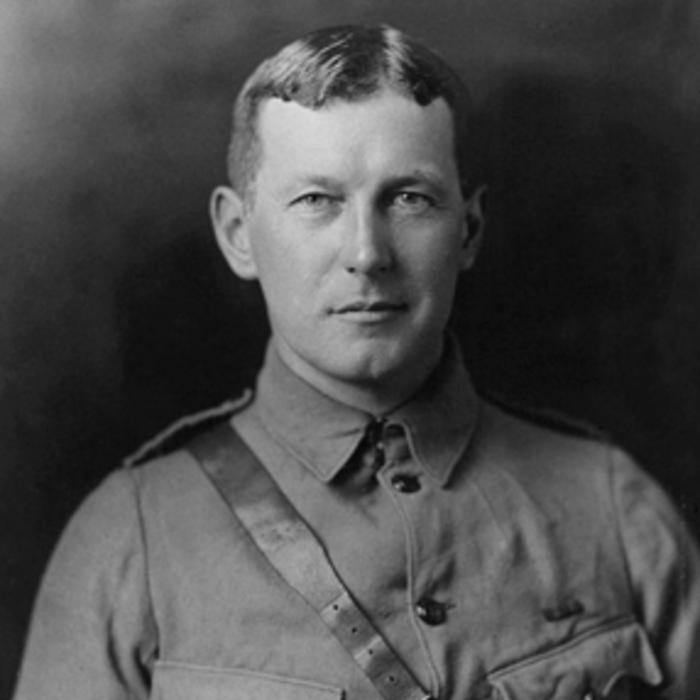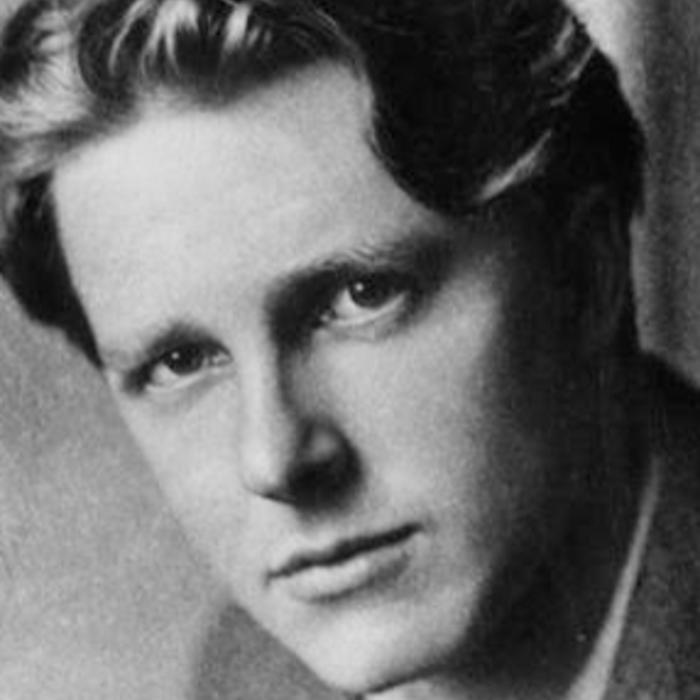Siegfried Sassoon
Siegfried Sassoon was born on September 8, 1886, in Kent, England. He attended Kent's New Beacon School and Marlborough College before attending Clare College, Cambridge, in 1905. While there, he privately published his first volume of poetry in 1906. He left Cambridge before receiving a degree and spent several years privately publishing his verse, including a parody of John Masefield called The Daffodil Murderer (John Richmond, 1913).
Sassoon is primarily known for his his poems inspired by his experiences in World War I, which were originally published in three volumes: Picture-Show (Heinemann, 1919), Counter-Attack and Other Poems (Heinemann, 1918), and The Old Huntsman (Heinemann, 1917).
Sassoon enlisted at the beginning of the war, in 1914, but a riding accident delayed his commission. In April 1915 his brother was killed at Gallipoli, and in May 1915 Sassoon was commisioned to the Royal Welch Fusiliers and soon left to fight in France. He returned to England in 1916, to recover from an illness, and in 1917, to recover from a gunshot wound. During these periods he developed ties to several pacifists, including Bertrand Russell. In June 1917 he wrote a statement protesting the war that was read aloud in the House of Commons. The poet Robert Graves helped him avoid a court martial through a diagnosis of neurasthenia, and as a result, he was hospitalized at the Craiglockhart War Hospital. While there, he became friends with the poet Wilfred Owen. He returned to France in 1918, where he was wounded by friendly fire.
After World War I, Sassoon published a series of fictionalized autobiographies known collectively as The Memoirs of George Sherston, and he also served as the literary editor of the Daily Herald for several years. Sassoon was gay, and after the war he had a series of relationships with other men before marrying Hester Gatty in 1933. Together they had a son, George Sassoon, before separating in 1945. In 1951 he was appointed a Commander of the Order of the British Empire. He died on September 1, 1967. On November 11, 1985, his name was added to a memorial in Westminter Abbey's Poet's Corner.





